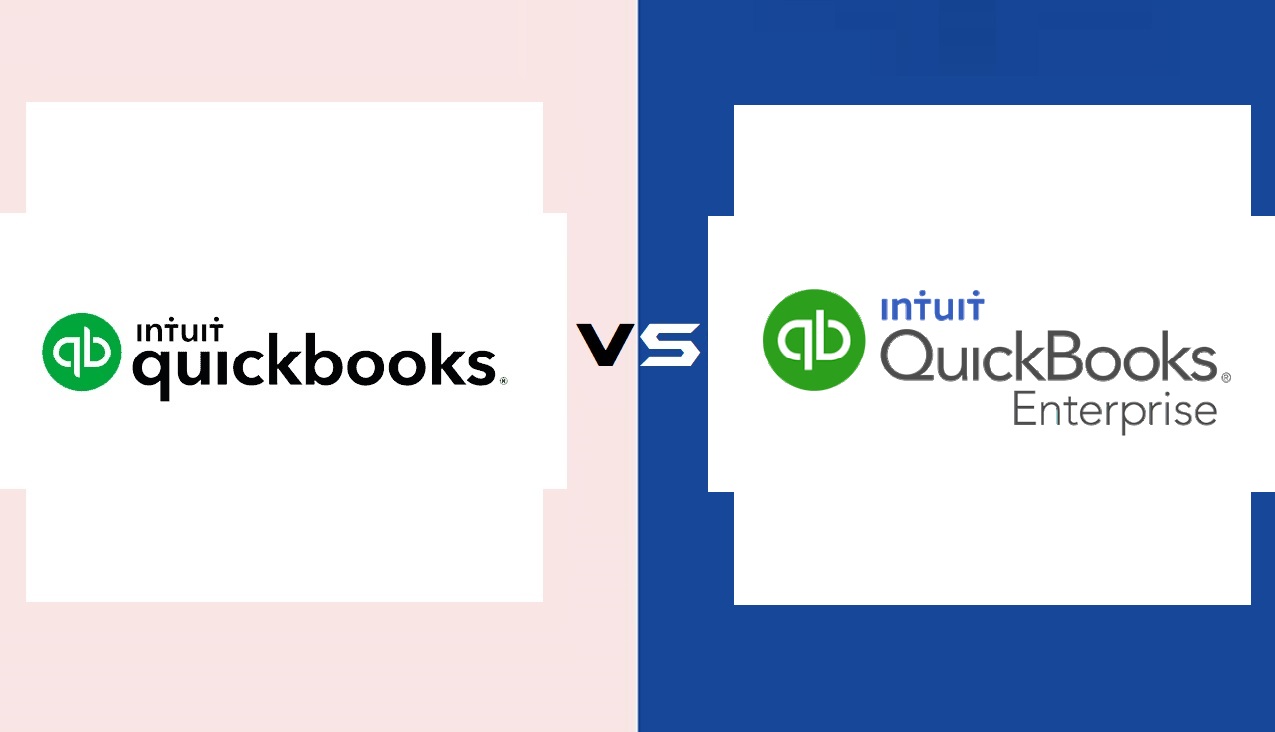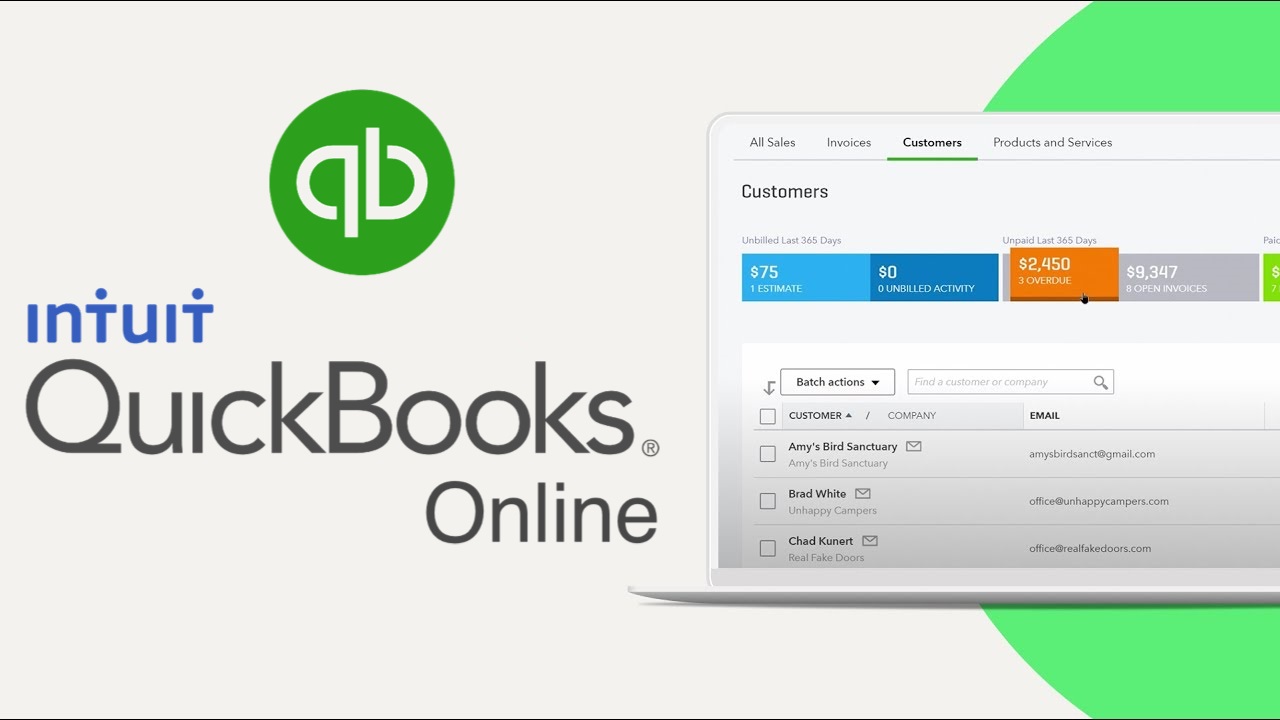A cash flow statement is a financial statement that summarizes the inflow and outflow of cash within a business over a specific period of time. It shows how much cash is coming in and how much is going out, as well as the sources of that cash flow.
The cash flow statement is an important tool for businesses of all sizes, as it provides insight into the company’s liquidity, or ability to meet its short-term financial obligations. It is also an important indicator of the company’s overall financial health, as it shows whether the company is generating positive cash flow or experiencing negative cash flow.
There are two methods for preparing a cash flow statement: the direct method and the indirect method. The direct method involves calculating the actual cash inflows and outflows for the period, while the indirect method involves adjusting the company’s net income for non-cash items and changes in working capital.
The cash flow statement typically includes three sections: operating activities, investing activities, and financing activities.
Operating Activities
The operating activities section of the cash flow statement includes cash flows related to the day-to-day operations of the business. This includes cash inflows from sales and services, as well as cash outflows related to the cost of goods sold, salaries and wages, rent and utilities, taxes, and other operating expenses.
The operating activities section also includes adjustments for non-cash items, such as depreciation and amortization, and changes in working capital, such as accounts receivable, inventory, and accounts payable.
Investing Activities
The investing activities section of the cash flow statement includes cash flows related to the purchase and sale of long-term assets, such as property, plant, and equipment, and investments in other businesses. This section also includes cash flows related to the repayment of loans made to other companies.
Financing Activities
The financing activities section of the cash flow statement includes cash flows related to the company’s financing activities, such as the issuance of debt or equity securities, the repayment of debt, and the payment of dividends to shareholders.
The financing activities section also includes cash flows related to changes in the company’s capital structure, such as the repurchase of stock or the issuance of new shares.
Analyzing the Cash Flow Statement
The cash flow statement provides a comprehensive view of a company’s cash inflows and outflows, and is an important tool for analyzing the financial health of a business.
Positive cash flow from operating activities indicates that the company is generating cash from its core business operations, while negative cash flow from operating activities may indicate that the company is struggling to generate revenue or control costs.
Positive cash flow from investing activities may indicate that the company is investing in its long-term growth and profitability, while negative cash flow from investing activities may indicate that the company is divesting or selling assets.

Positive cash flow from financing activities may indicate that the company is able to raise capital to support its growth and operations, while negative cash flow from financing activities may indicate that the company is struggling to pay off debt or attract investors.
In addition to providing valuable insights into a company’s financial health, the cash flow statement can also be used to make important decisions about the company’s operations and strategic direction.
Also Read : What Does An Accountant Do for a Small Business?
For example, if a company is experiencing negative cash flow from operating activities, it may need to re-evaluate its pricing strategy, cut costs, or increase sales in order to generate more cash from its core business operations.
Similarly, if a company is generating positive cash flow from investing activities, it may be a good time to invest in new technology, equipment, or other assets that can help drive long-term growth and profitability.
Overall, the cash flow statement is an essential tool for any business owner, investor, or analyst who wants to gain a deep understanding of a company’s financial health and make informed decisions about its future direction.
Preparing a Cash Flow Statement
To prepare a cash flow statement, a company will need to gather information about its cash inflows and outflows over a specific period of time. This information can be obtained from the company’s accounting system, bank statements, and other financial records.
Once the information has been gathered, the cash flow statement can be prepared using either the direct method or the indirect method.
Direct Method
The direct method involves calculating the actual cash inflows and outflows for the period, and is generally considered to be the more accurate method of preparing the cash flow statement.
To prepare the cash flow statement using the direct method, the following steps are typically followed:
- Calculate the cash received from customers during the period.
- Subtract the cash paid for purchases, salaries, and other operating expenses.
- Add or subtract changes in working capital, such as increases or decreases in accounts receivable, inventory, and accounts payable.
- Calculate the cash paid for investing activities, such as the purchase of property, plant, and equipment, and the sale of long-term assets.
- Calculate the cash received from financing activities, such as the issuance of debt or equity securities, the repayment of debt, and the payment of dividends to shareholders.
- Summarize the cash inflows and outflows for the period to arrive at the net cash flow for the period.
Indirect Method
The indirect method involves adjusting the company’s net income for non-cash items and changes in working capital, and is generally considered to be the simpler method of preparing the cash flow statement.
To prepare the cash flow statement using the indirect method, the following steps are typically followed:
- Start with the company’s net income for the period.
- Add back non-cash items, such as depreciation and amortization.
- Add or subtract changes in working capital, such as increases or decreases in accounts receivable, inventory, and accounts payable.
- Calculate the cash paid for investing activities, such as the purchase of property, plant, and equipment, and the sale of long-term assets.
- Calculate the cash received from financing activities, such as the issuance of debt or equity securities, the repayment of debt, and the payment of dividends to shareholders.
- Summarize the cash inflows and outflows for the period to arrive at the net cash flow for the period.
Conclusion
The cash flow statement is a valuable financial statement that provides insight into a company’s cash inflows and outflows over a specific period of time. By analyzing the cash flow statement, investors and analysts can gain a deep understanding of the company’s financial health and make informed decisions about its future direction.
Whether prepared using the direct method or the indirect method, the cash flow statement is an essential tool for any business owner, investor, or analyst who wants to understand how a company generates and uses its cash, and make informed decisions based on that information.




